Learn how to clean and disinfect cutting boards using 3 nontoxic ingredients and a lemon. Plus, get rid of any staining on cutting boards and keep them seasoned.
If you are anything like me you probably use your cutting board every day. Mine gets used for everything from cutting fruits and veggies to being used as a charcuterie board. I also use some of them to cut meats.
They are so versatile and great for cooking and serving. However, they do take a little bit of care to keep them clean and disinfected, especially the wood cutting boards.
If you have a plastic or wood cutting board check out how to clean cutting boards to keep yours in great shape.
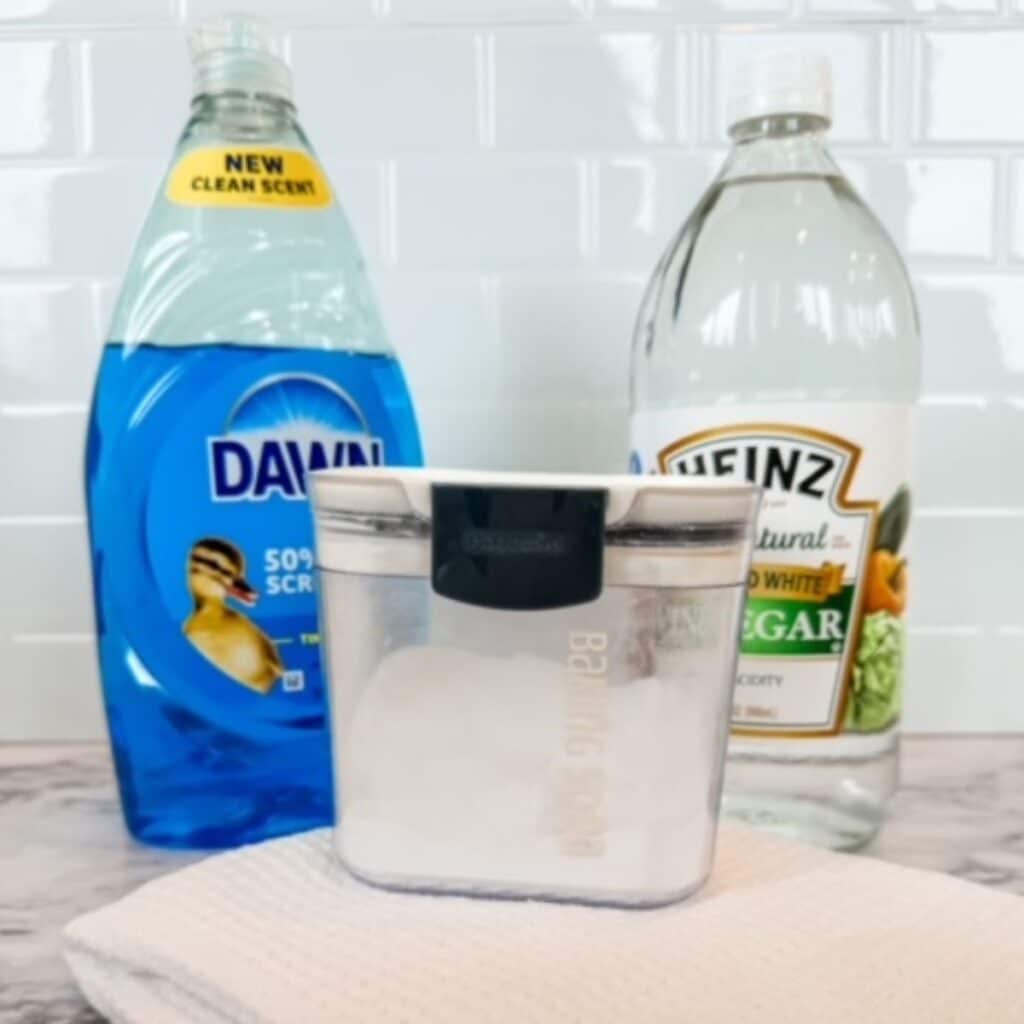
What You'll Need
- Soap - we find the best results happen when you use blue Dawn. Feel free to try this method out with the soap you have on hand.
- Vinegar - white distilled vinegar is a natural disinfectant because of its acidity which helps to break down bacteria and grime.
- Baking soda - helps to create a paste.
- Spray bottle - ( I use these spray bottles from Amazon)
The Best Way to Clean Plastic and Wooden Cutting Boards

Rinse and scrub with soap.
Start by washing it under warm water and scrubbing it with a little dawn soap. Rinse under cool water and towel dry.
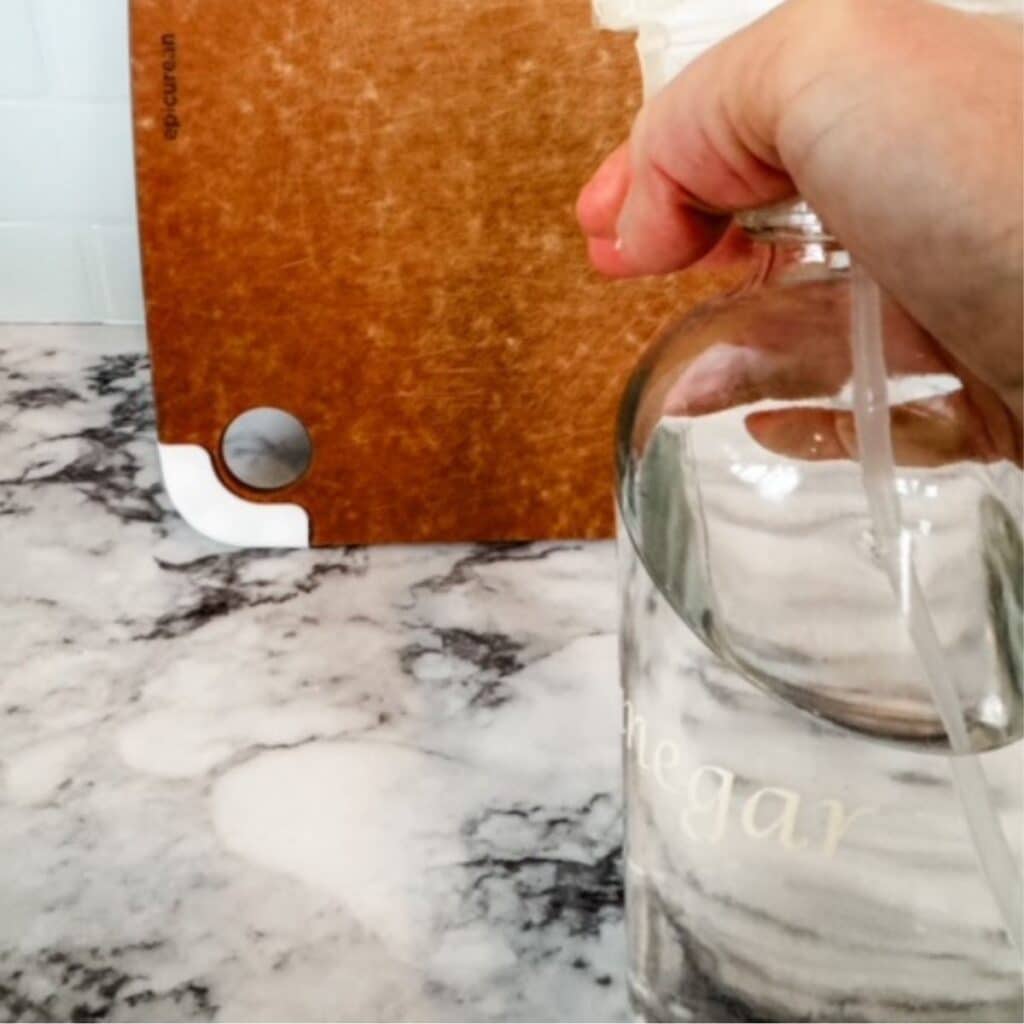
Disinfect with white vinegar.
Then, you will want to start disinfecting it. White vinegar makes a great disinfectant that is food-safe. Although white vinegar has a smell that isn't pleasant it does disappear once it is dry.
Pour about 1/4 a cup of white vinegar into a spray bottle and then liberally spray the cutting board with the vinegar.
I recommend doing this over the sink so the excess vinegar can just run down the drain.
Let them dry.
Let the vinegar completely soak into the wood/plastic and dry. You can either let the cutting board air dry or wipe it down with a clean towel.
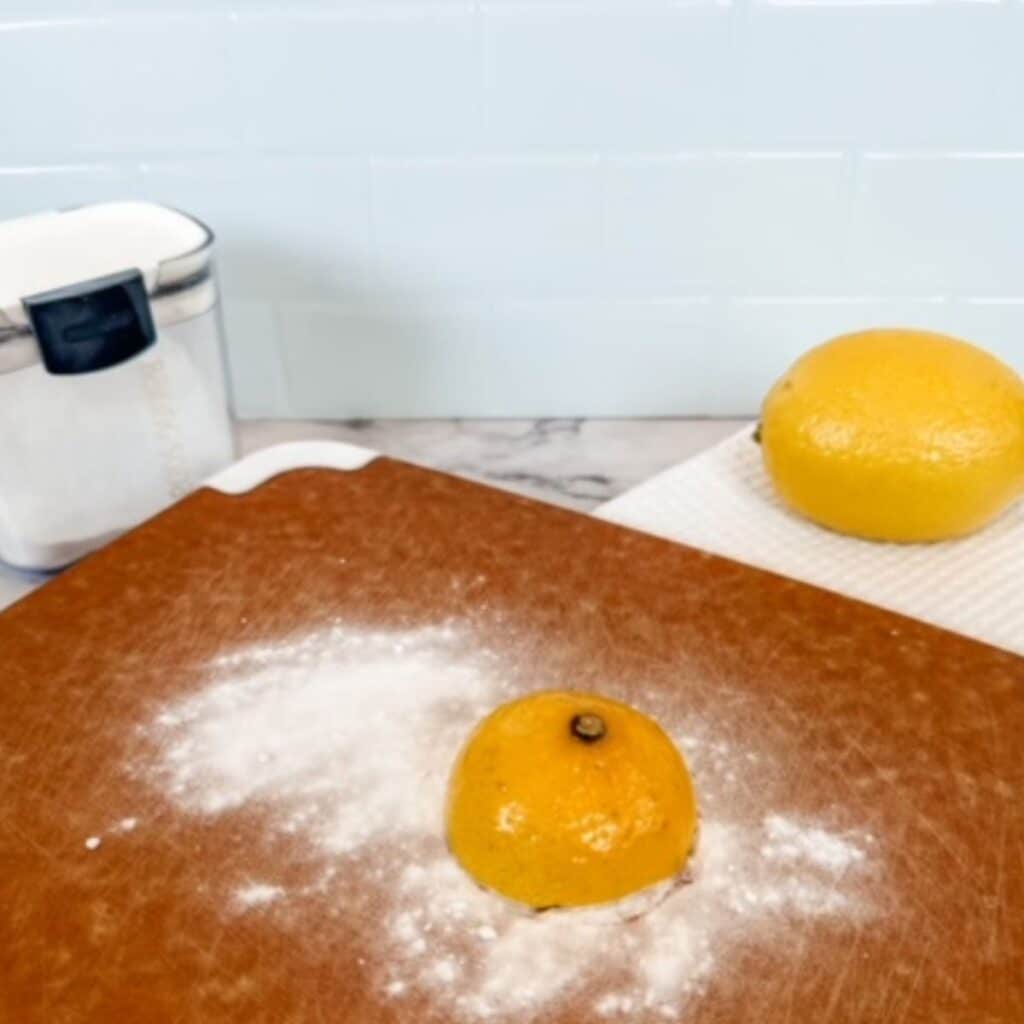
Clean off the surface stains.
Once the cutting board is dry you will want to clean up any surface stains and smells with some baking soda and a lemon.
The combination of lemon and baking soda will get rid of any stains and make your cutting board smell fantastic.
Sprinkle about 1/4 cup baking soda over the cutting board and then use half a lemon to scrub the baking soda into the cutting board.
The grit from the baking soda plus the lemon juice should get rid of any stains on the cutting board. If the baking soda and lemon don't take care of the surface stains you can try salt instead.
Salt is a little more abrasive and will get rid of stains better, however, it could leave scratches on a wood cutting board so be gentle.
Rinse with cool water and dry.
Once you have removed all the stains, rinse the cutting board with cool water and let it air dry.
Once the cutting board is dry, it is ready to use again.
How to Clean and Disinfect Glass Cutting Boards
This same method can be used to clean glass cutting boards. Since this material isn't as porous, they are much easier to maintain and don't often stain.

Free Weekly Cleaning Printable
Clean your home in under 30 minutes a day with this free Weekly Cleaning printable!
How to Reseason Wooden Cutting Boards After Cleaning
Once you have cleaned your board, you may notice that it doesn't look as new as it once did. Sometimes this is because it needs to be reseasoned.
Follow these simple steps to make your cutting board brand new again after cleaning and disinfecting.
- Once the board has dried completely, apply some coconut oil. Don't add all of it in one spot. Instead, drizzle it across. Start with 2 tablespoons.
- Rub the oil into the board going with the grain.
- After all of the oil has soaked in, repeat these steps once more.
- Don't worry about over-oiling. The board will eventually take in the oil and be back to normal.
- We recommend coconut oil because it's food-grade and will not become rancid like other types of oils.
- The coconut oil needs to be room temperature and pourable. If it's too thick, you can warm it in the microwave for a few seconds.
Common FAQs
If you regularly use your cutting boards, I recommend you clean cutting boards every couple of weeks. This will keep them clean and free from bacteria.
Not necessarily.
Here are 4 ways to tell if your wooden cutting boards need seasoning before or after they have been cleaned.
The wood looks dry or dull: Over time, the wood can lose its natural oils and become dry, which can cause it to crack or split. If your wooden cutting board looks dull or dry, it's time to reseason it.
Stains or odors: If your cutting board has stains or odors that won't go away after washing, it may be time to reseason.
Rough or uneven surface: Seasoning can help to smooth out the surface and make it easier to use.
Water doesn't bead up: When you sprinkle water on the board, it should bead up. If not, reseasoning will restore it.


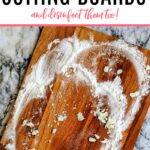
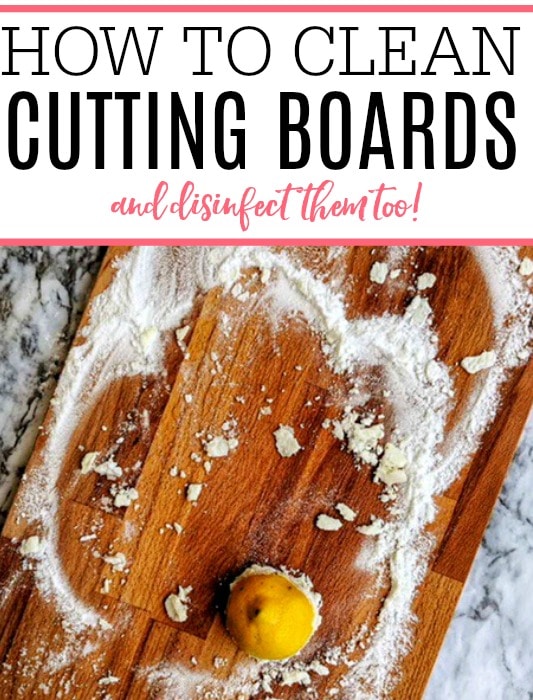
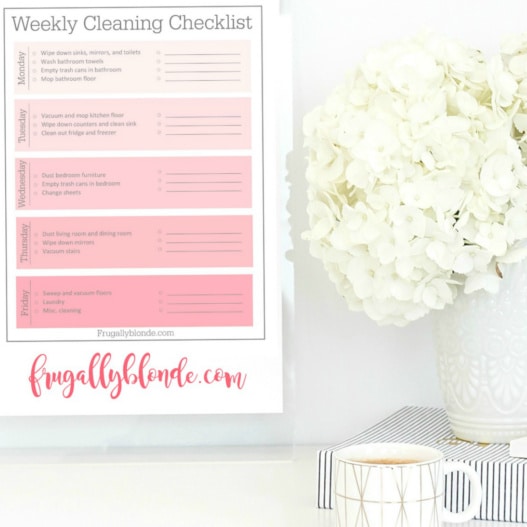
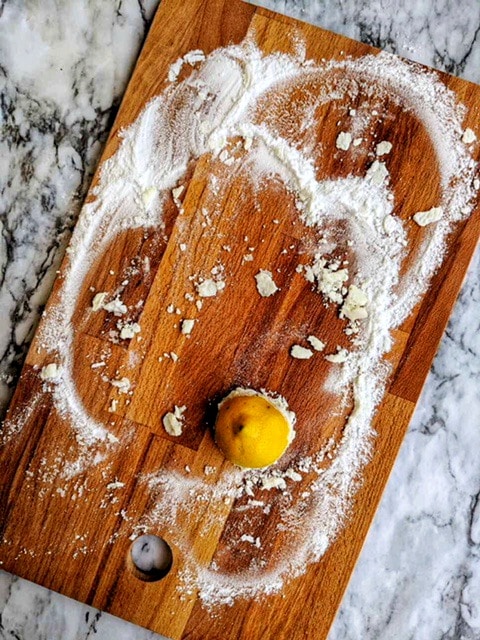
Leave a Reply